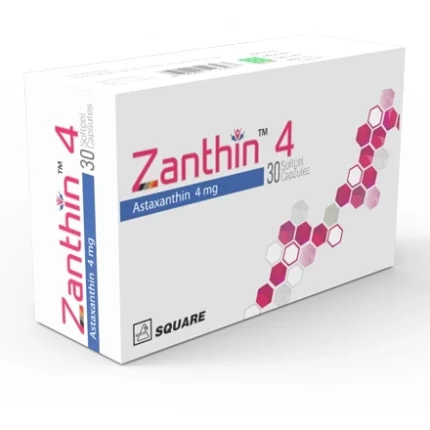Enaril 5
10.00৳ Strip
- Enaril is an ACE inhibitor for managing essential and renovascular hypertension, heart failure, and preventing coronary ischemic events.
- It suppresses the renin-angiotensin-aldosterone system to lower blood pressure and enhance heart function.
- Effective in treating angina, diabetic nephropathy, and Raynaud’s disease.
- Always use as directed by your healthcare provider.
 Brand
Brand
|
Beximco Pharmaceuticals Ltd |
|---|---|
 Generics
Generics
|
Enalapril Maleate |
 Type
Type
|
Tablet |
Indications
Enaril is used for:
- Managing all stages of essential and renovascular hypertension, either as a standalone treatment or in combination with other antihypertensive agents, particularly thiazide diuretics.
- Preventing symptomatic heart failure.
- Adjunctive treatment for congestive heart failure, typically alongside diuretics and digitalis.
- Preventing coronary ischemic events in patients with left ventricular dysfunction.
Additionally, Enaril is effective alone or as an adjunct in treating angina, diabetic nephropathy, and Raynaud’s disease.
Pharmacology
Enalapril, once converted to enalaprilate, inhibits Angiotensin Converting Enzyme (ACE). ACE is responsible for converting angiotensin I into angiotensin II, a substance that causes blood vessel constriction and stimulates aldosterone secretion. Enalapril’s therapeutic effects in managing hypertension and heart failure mainly stem from its suppression of the renin-angiotensin-aldosterone system.
Dosage & Administration
- Hypertension: Start with 5 mg daily if used alone, or 2.5 mg daily if combined with a diuretic, especially in elderly patients or those with renal impairment. The usual maintenance dose ranges from 10-20 mg daily, which can be increased up to 40 mg daily for severe hypertension.
- Heart Failure & Left Ventricular Dysfunction: Begin with 2.5 mg, under close medical supervision. The standard maintenance dose is 20 mg daily, either in one or two divided doses.
Note: Always follow your healthcare provider’s instructions.
Interactions
Combining Enaril with other antihypertensive agents like beta-blockers, methyldopa, calcium channel blockers, and diuretics may enhance its efficacy. Use caution when combining with adrenergic blockers. Propranolol may reduce Enaril’s bioavailability, but this is generally not clinically significant. Concurrent use with lithium may increase lithium levels in the blood.
Contraindications
Enaril should not be used in patients with aortic stenosis, outflow tract obstruction, renovascular disease, severe resistant hypertension, peripheral vascular disease, or generalized atherosclerosis.
Side Effects
Common side effects include dizziness and headaches, with fatigue and asthenia reported in 2-3% of patients. Less common side effects include hypotension, orthostatic hypotension, syncope, nausea, diarrhea, muscle cramps, rash, and cough. Rarely, renal dysfunction, renal failure, oliguria, angioedema, hyperkalemia, and hyponatremia may occur.
Pregnancy & Lactation
Enaril is classified as Category D and is contraindicated during pregnancy. Trace amounts may be excreted in breast milk; therefore, caution is advised if used by nursing mothers.
Precautions & Warnings
Monitor renal function and perform regular WBC counts in patients with collagen vascular diseases like SLE and scleroderma. Exercise caution in those receiving immunosuppressive therapy or prone to salt or water depletion.
Use in Special Populations
For elderly patients (over 65 years), start with a 2.5 mg dose. Enaril effectively manages hypertension in this age group, with dosing adjusted based on blood pressure control needs.
Overdose Effects
Symptoms of overdose may include lightheadedness, dizziness, decreased urine output, drowsiness, headache, back pain, and irregular heartbeat.
Management:
- Administer fluids via intravenous (IV) line.
- Use medications to raise blood pressure.
- Provide other treatments based on complications.
- Monitor heart and lung function closely.
Therapeutic Class
Angiotensin-Converting Enzyme (ACE) Inhibitors













Reviews
There are no reviews yet.